Spring is finally here! Last week’s BLAM – the two-day science conference arranged by PhD students at the department of Biology – seemed like the definite turning point. The weather being all things April, but BLAM being BLAM.
As usual the conference started earlier in the day with workshops on data management, how to review a paper, research funding, how to communicate with posters and on innovation and entrepreneurship as well as generating that oh so important creative research environment.
The first guest speaker, Vivek Nityananda, from Newcastle University, talked about unraveling insect emotions as well as the noble art of failure in research.
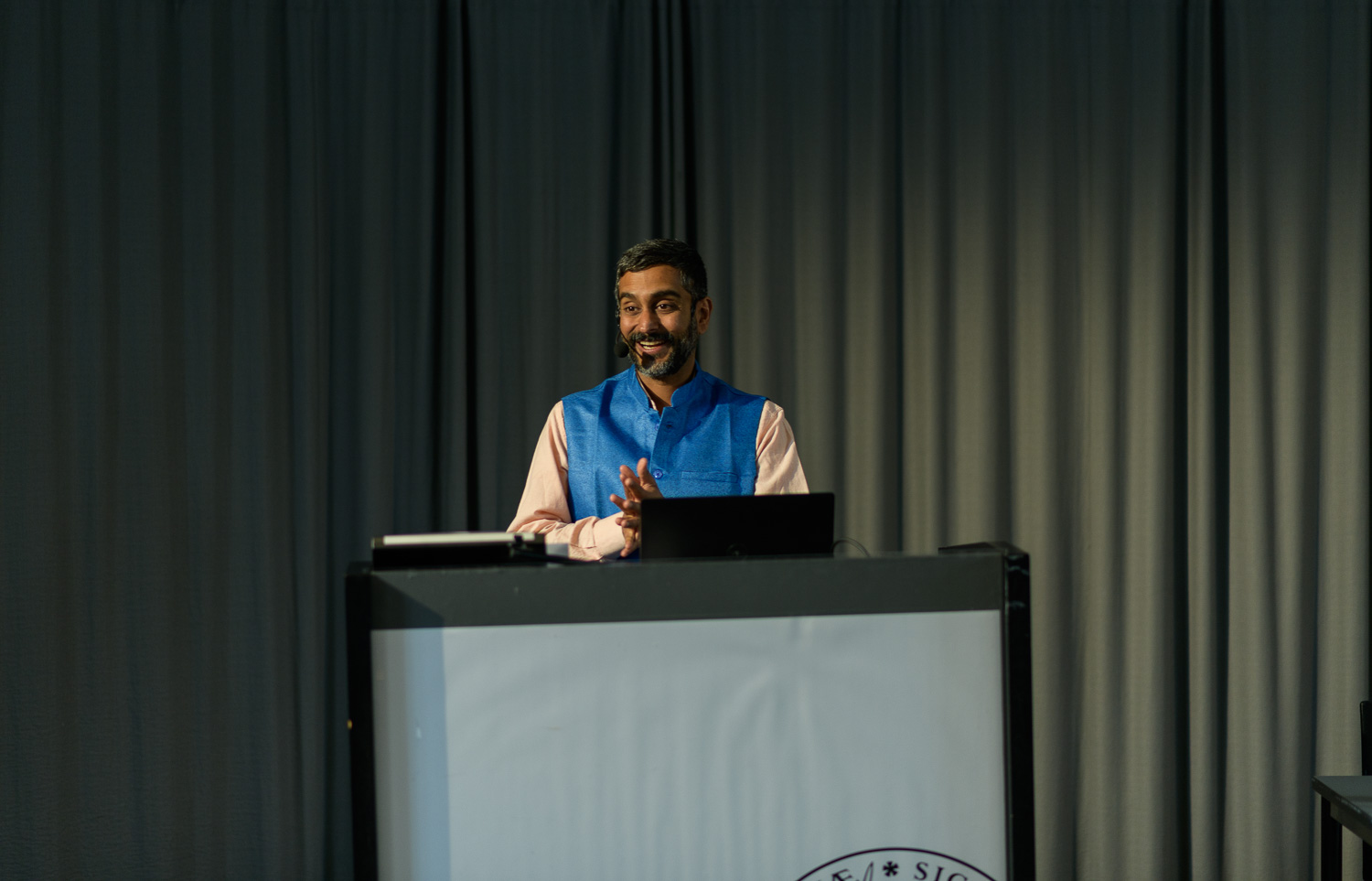
The second guest speaker, Vigdis Vandvik from University of Bergen, shed insights on global change impacts on alpine biodiversity and ecosystems. Notably, she also made a note of the long and winding road of a career in science.
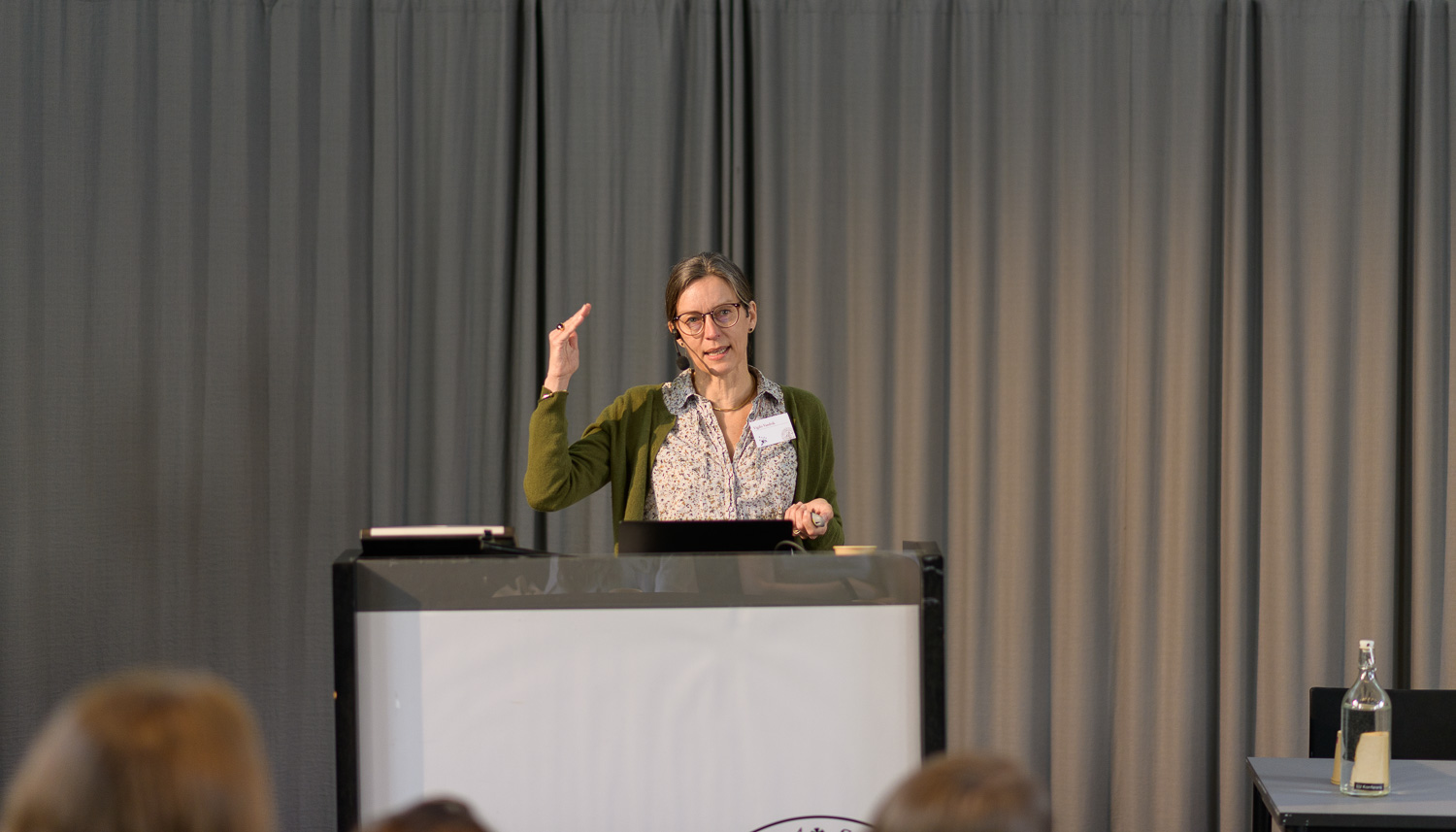
But there would be no BLAM without two days packed with a wide variety of full talks, flash talks and poster presentations – all done by our talented PhD students.
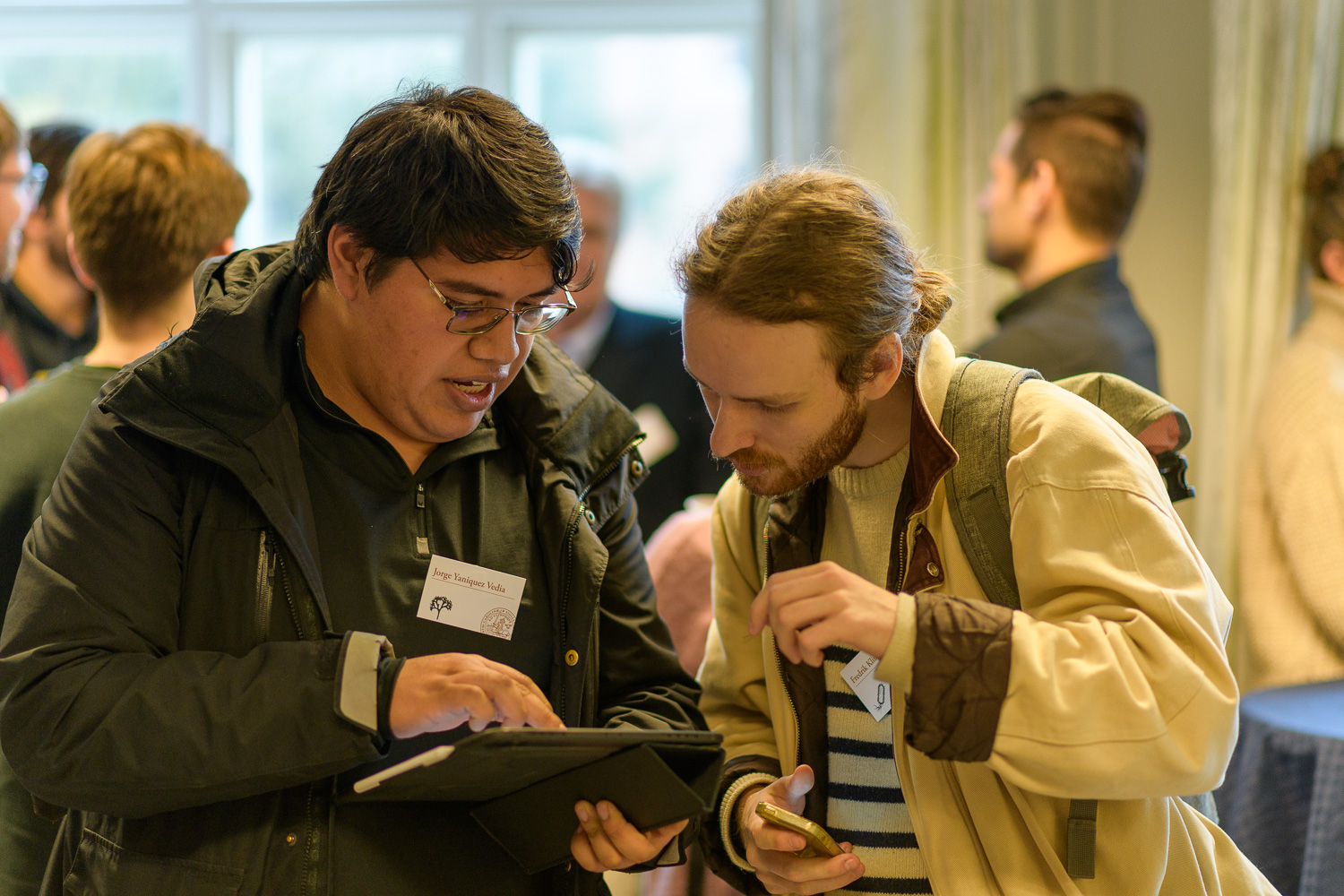
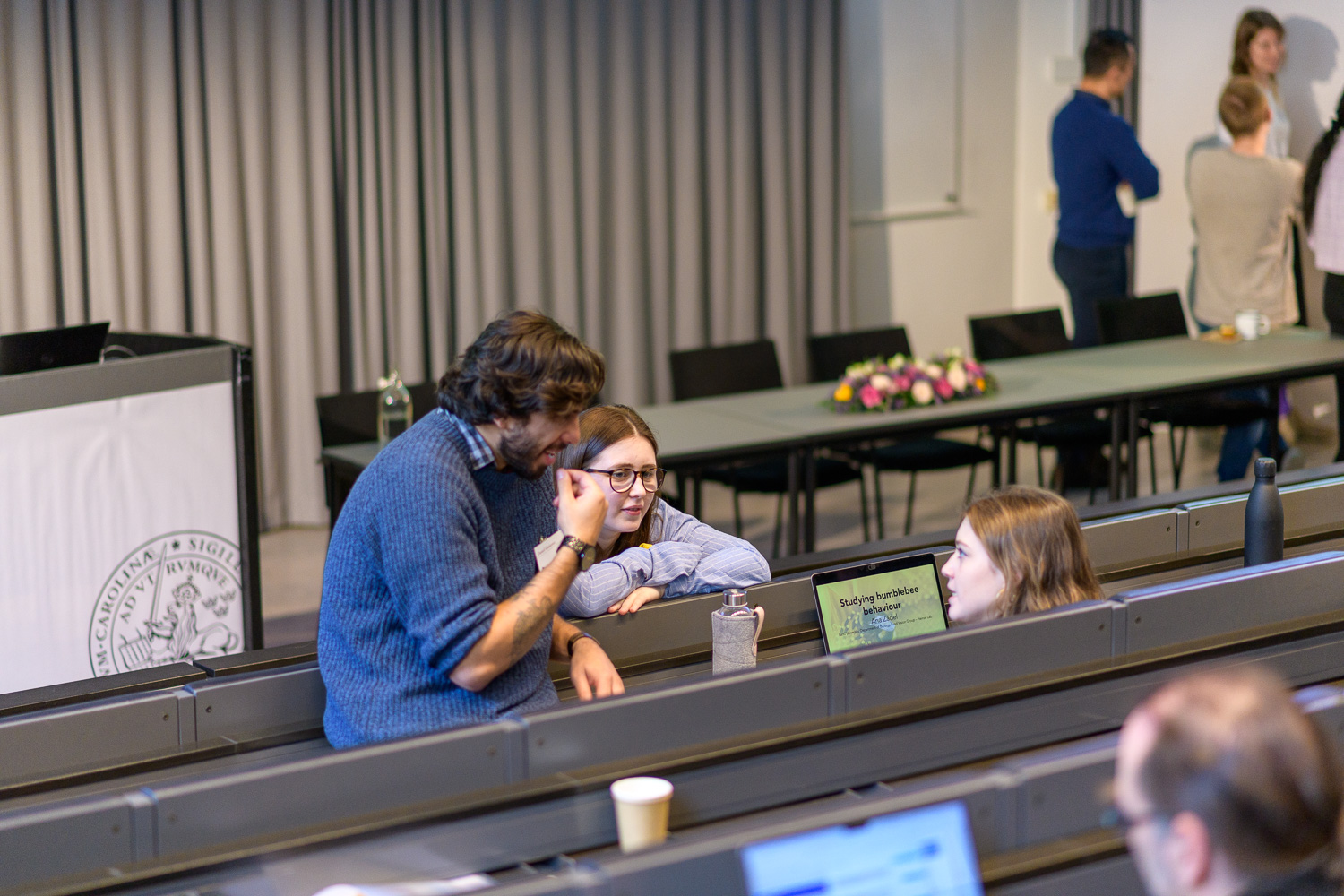
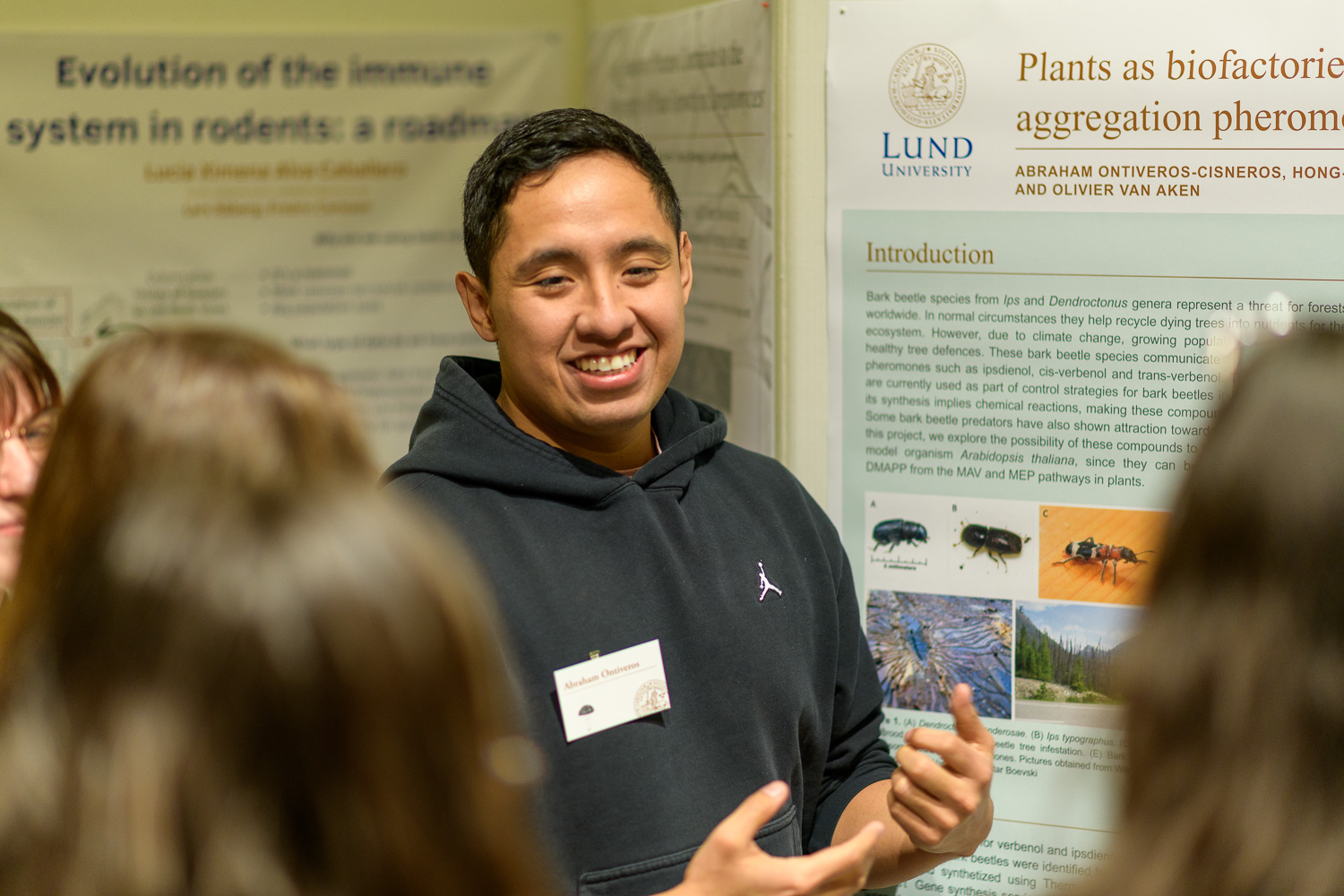
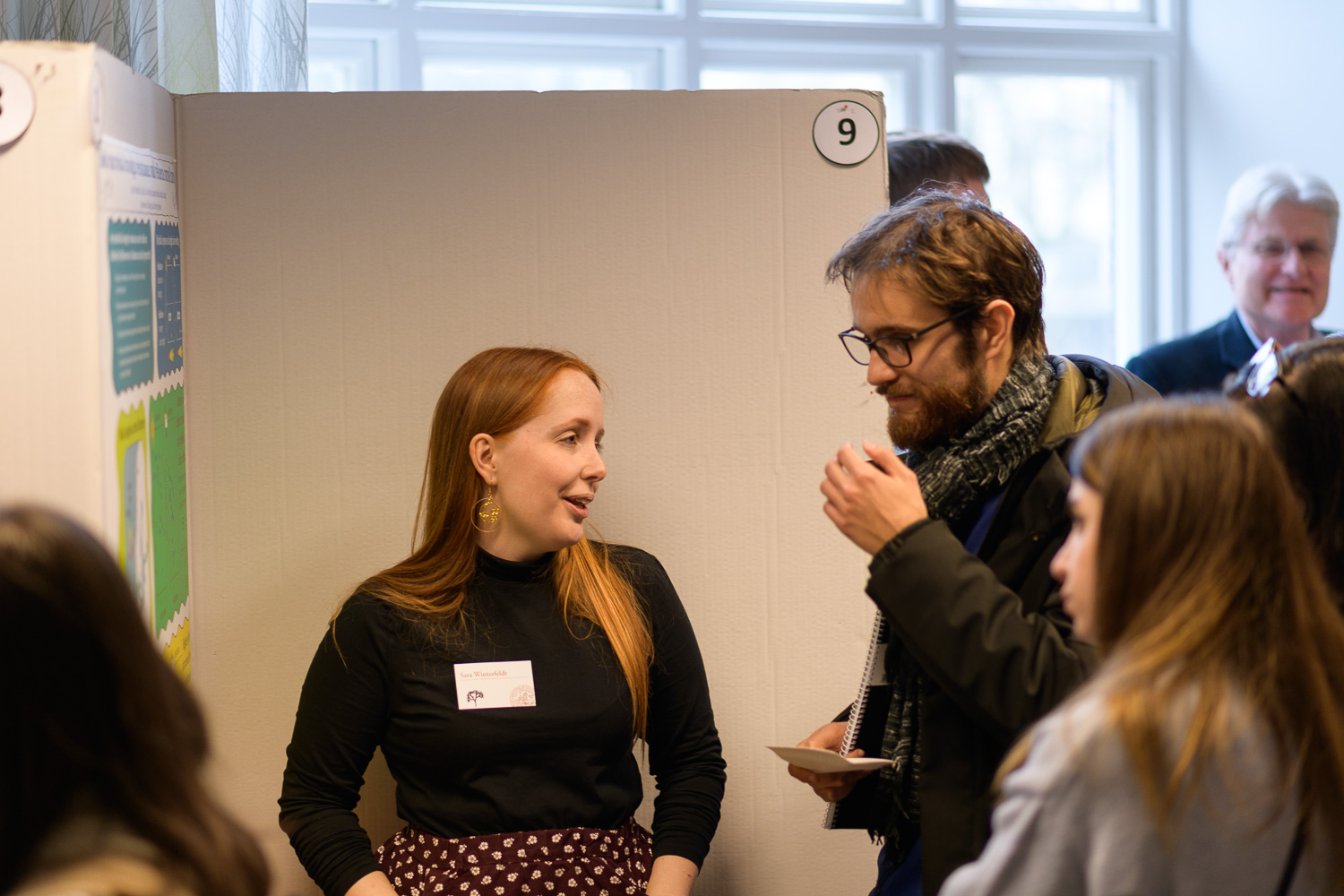
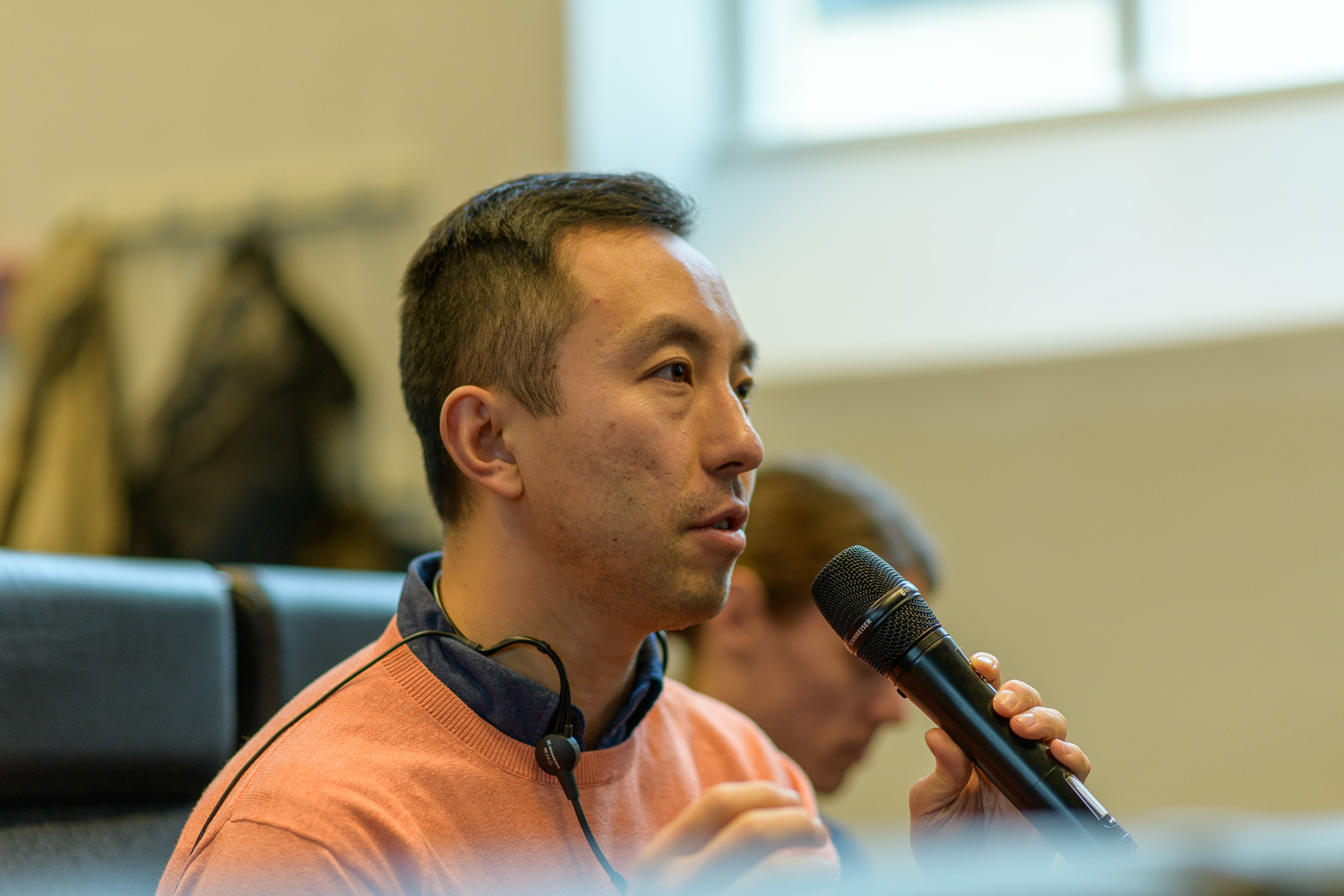
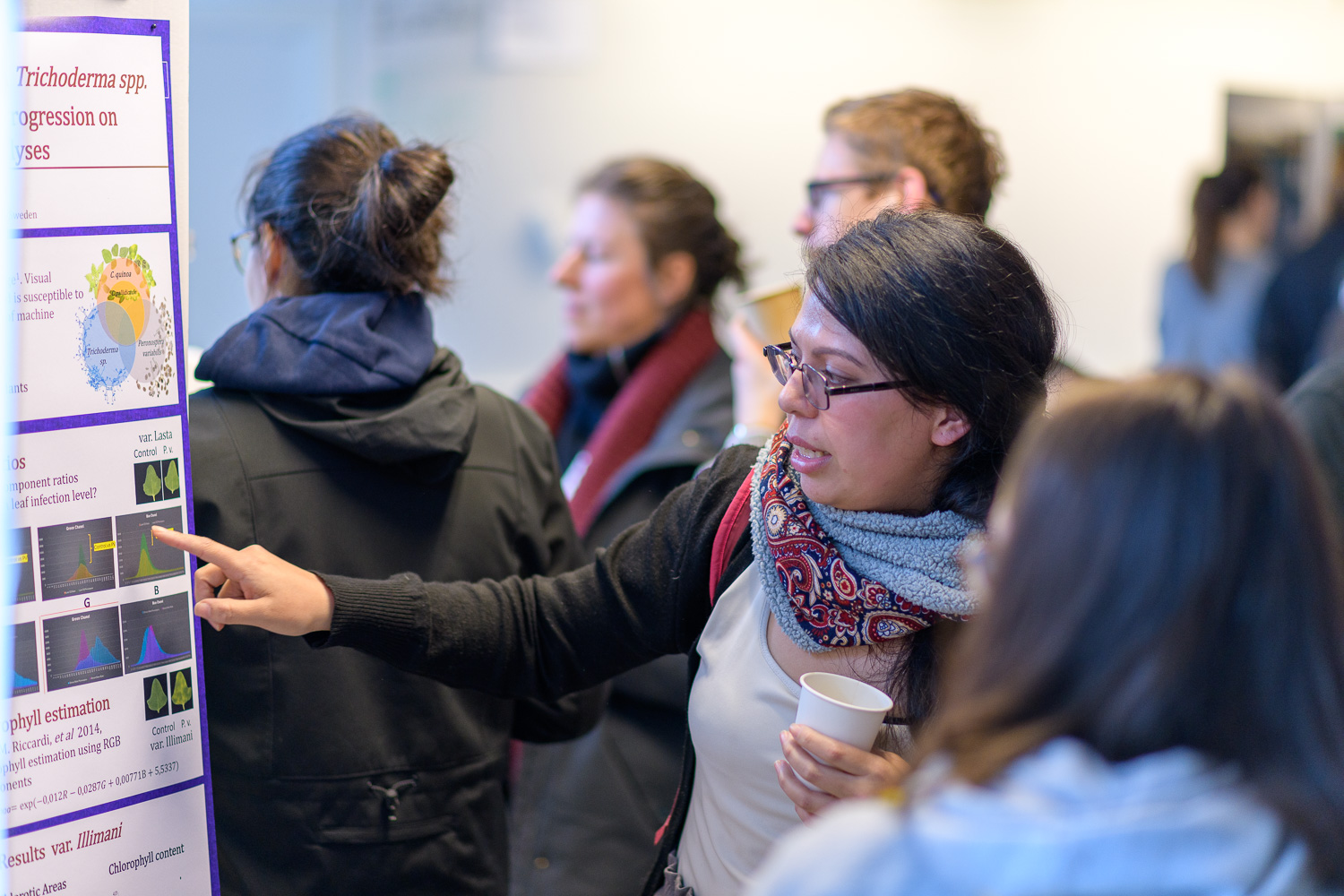
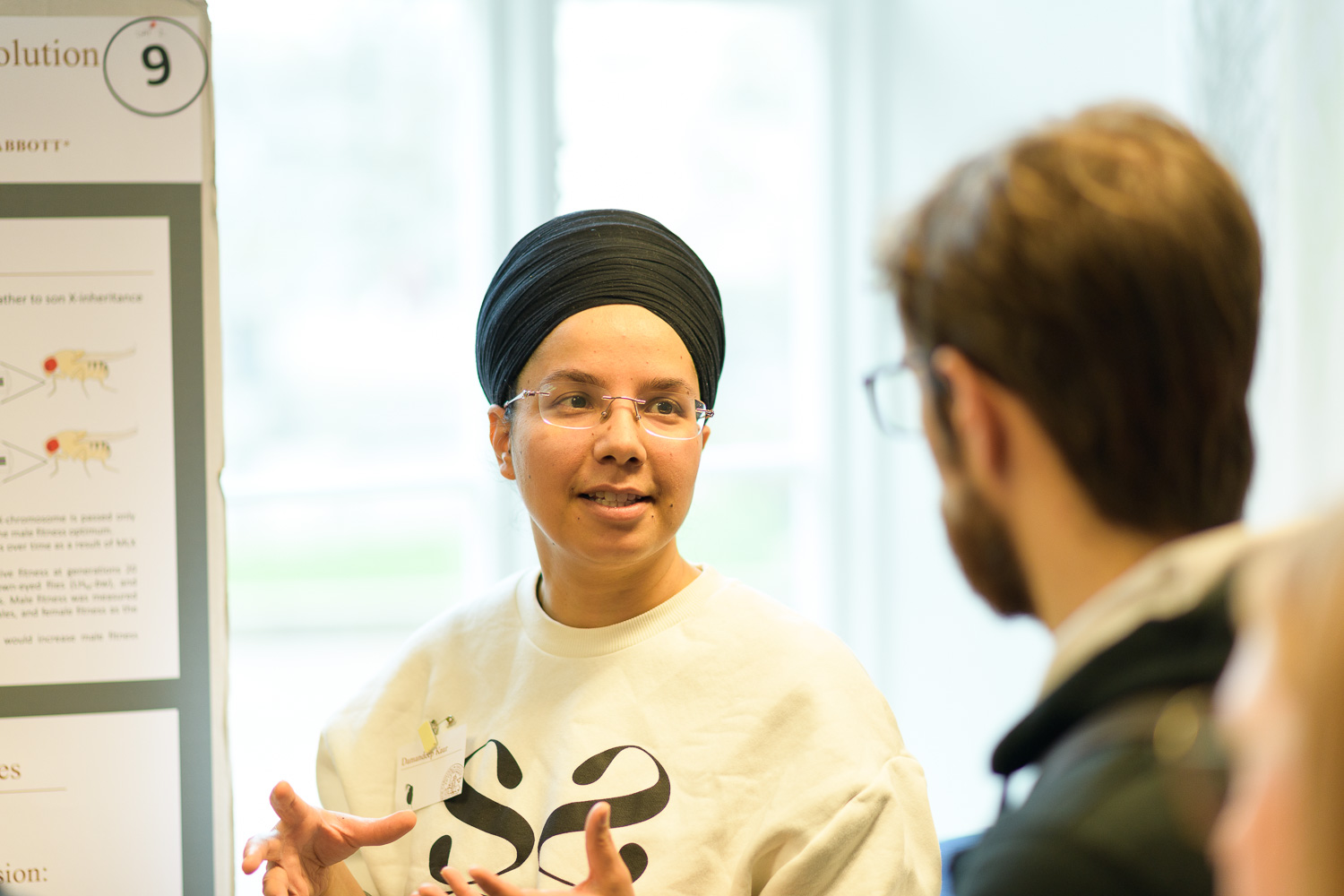
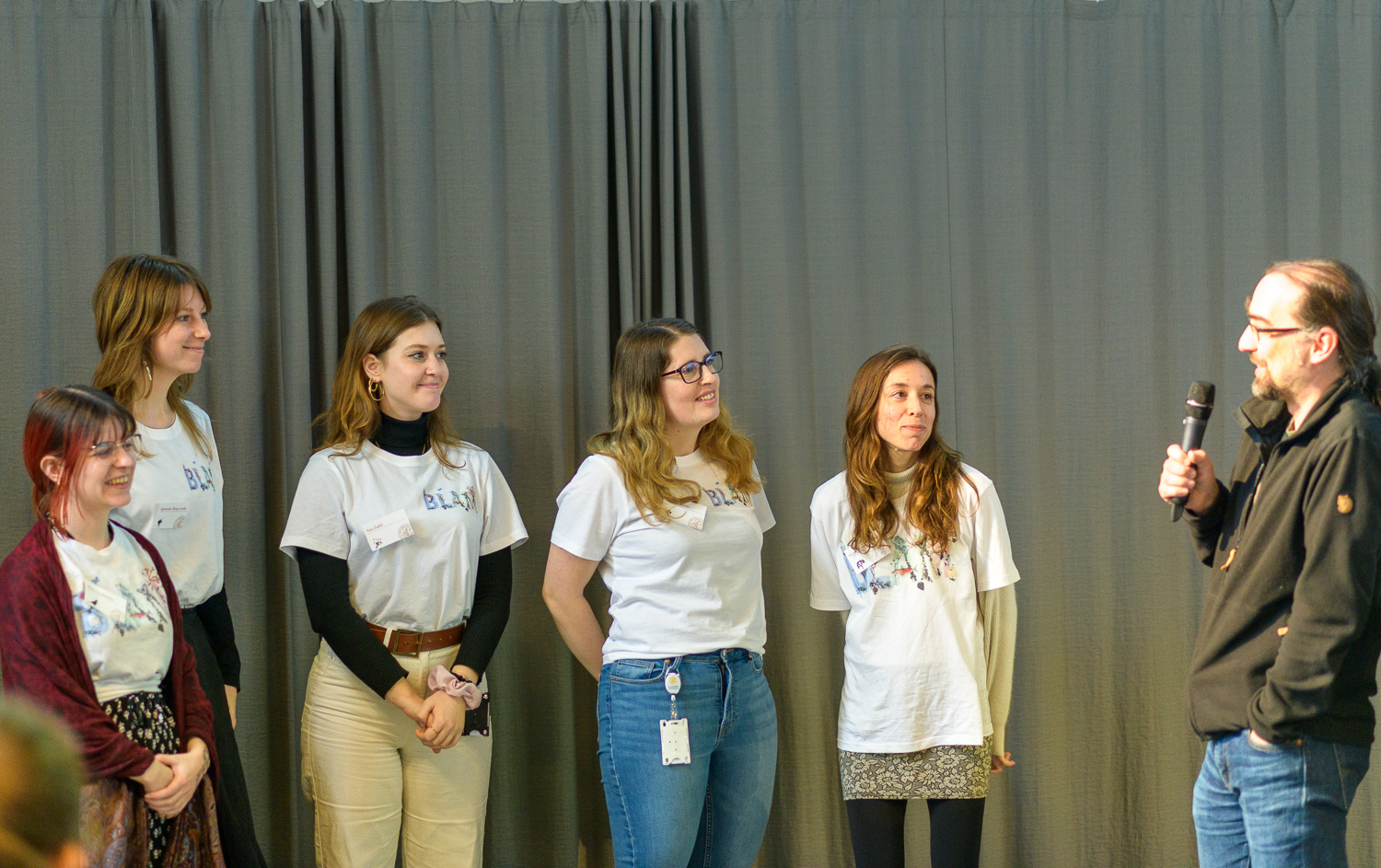
A big thank you to everyone involved in making BLAM 2024 a truly insightful and fun experience from start to finish. I hope to see you again next year.
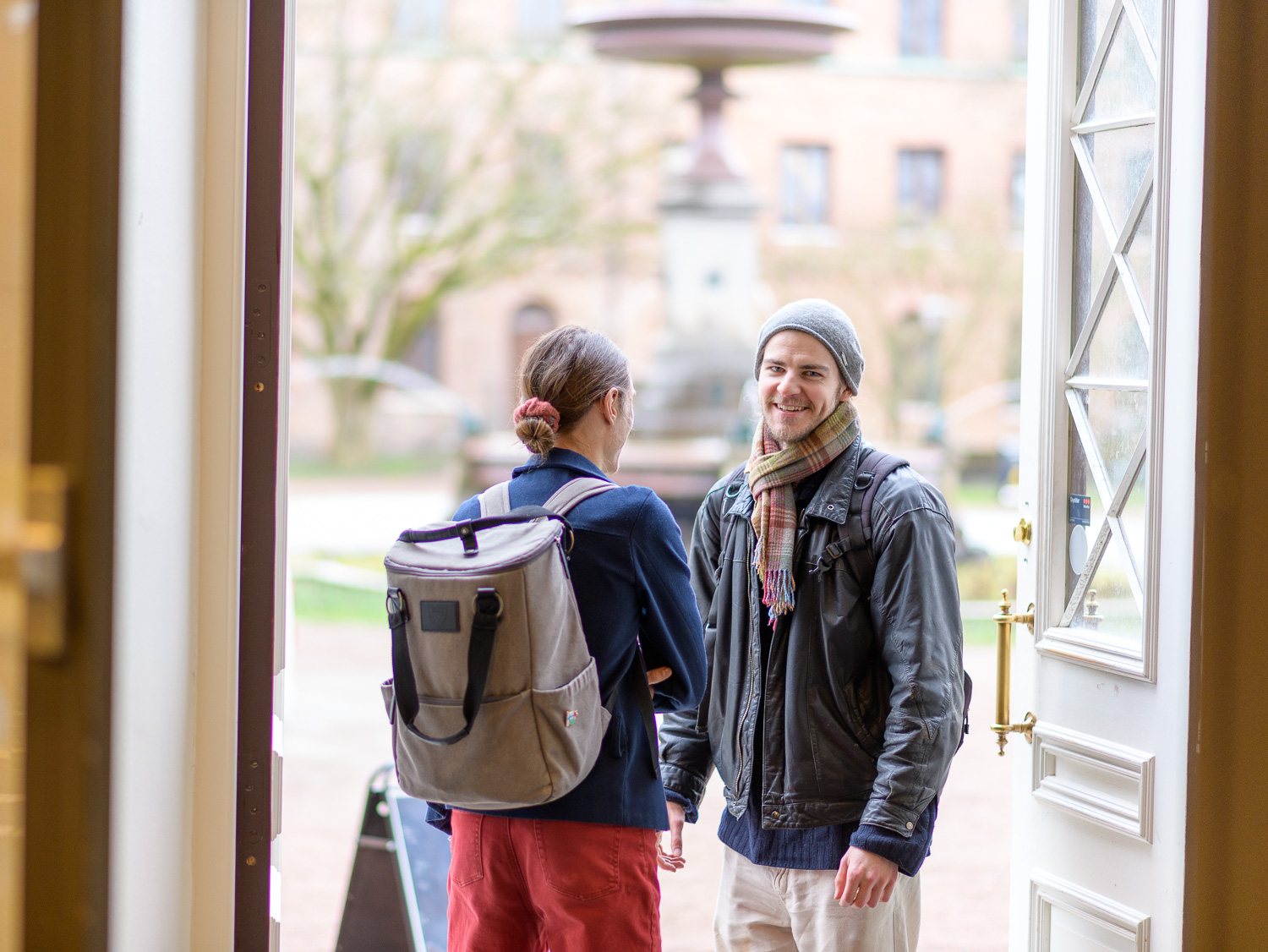
Text and photo by Anders Örtegren

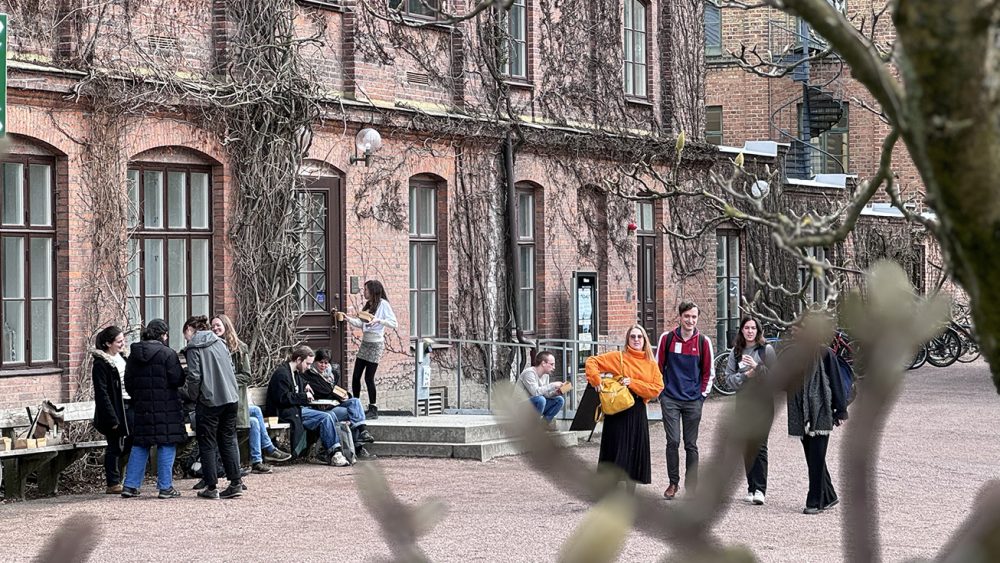
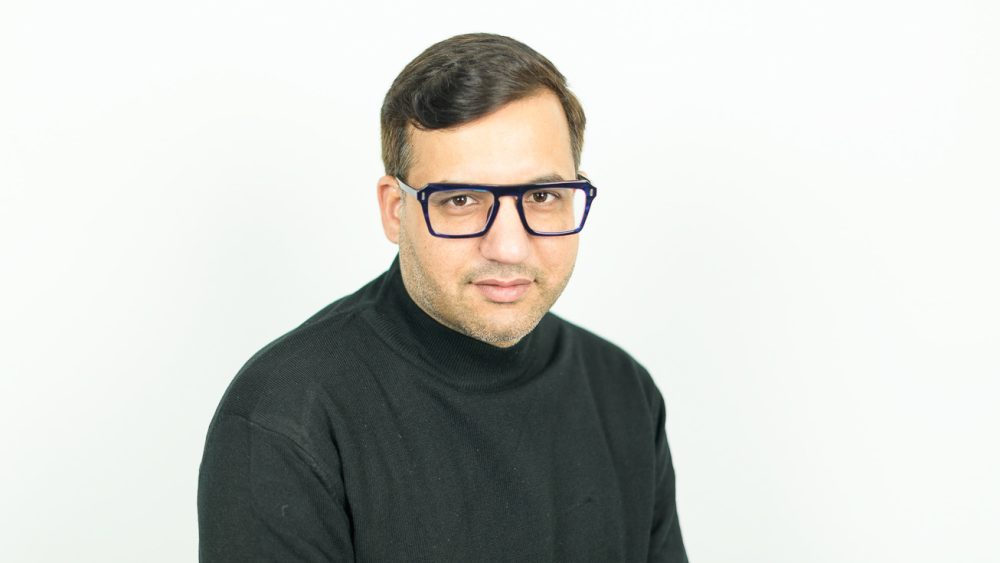
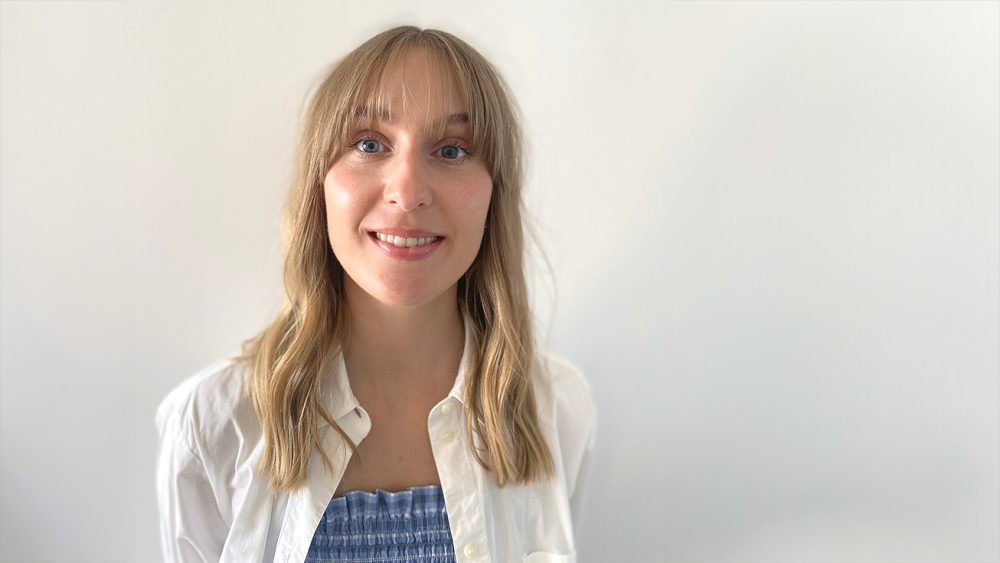
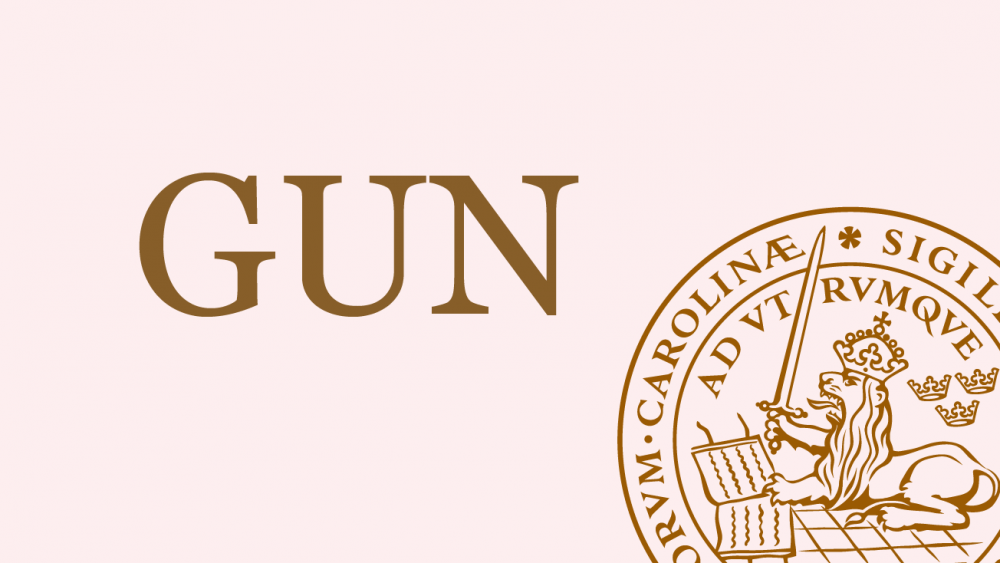
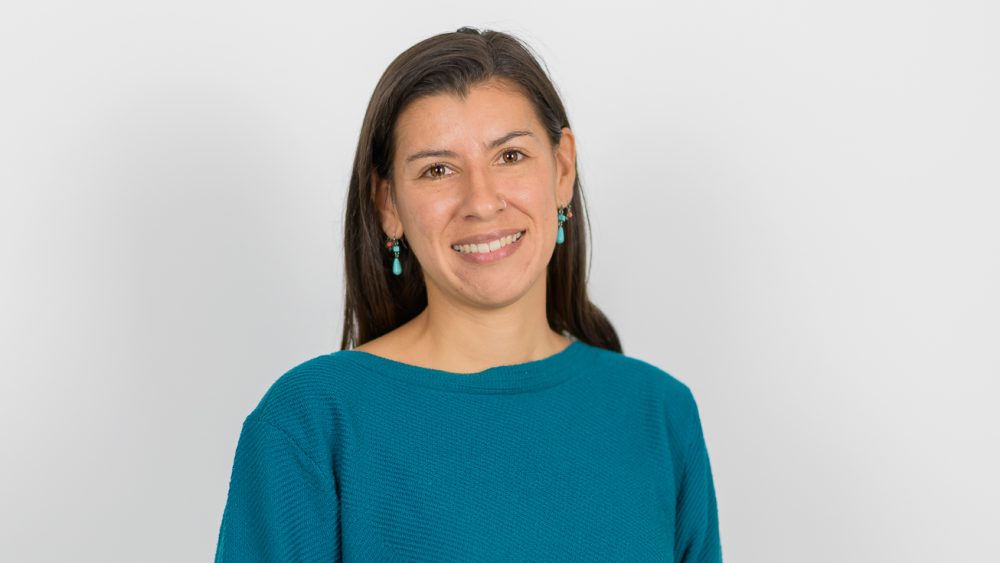
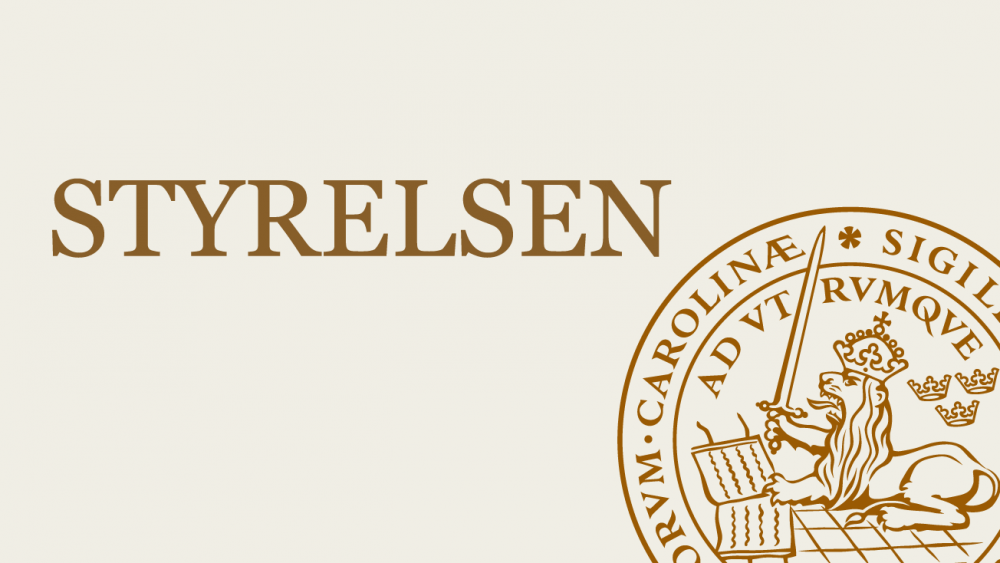
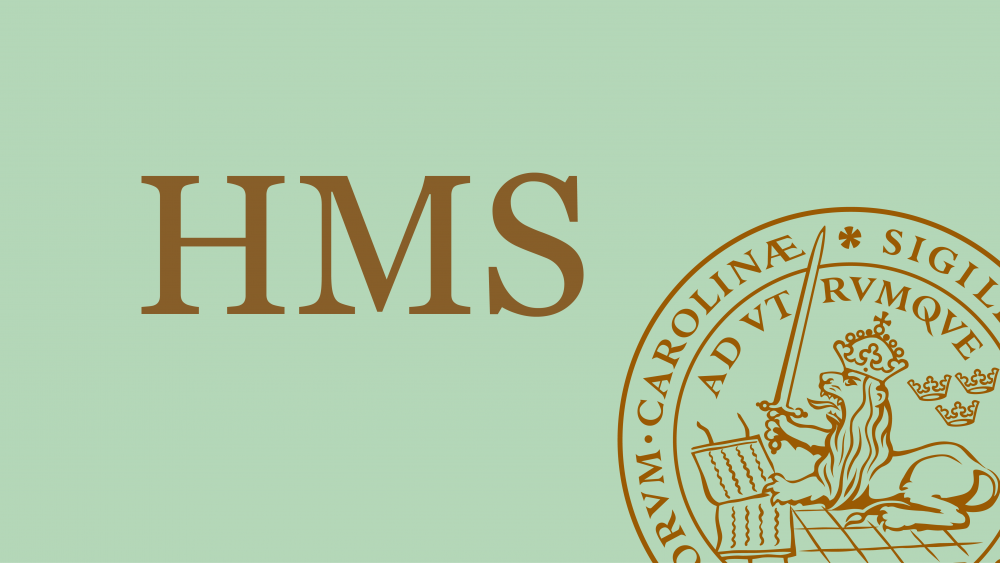
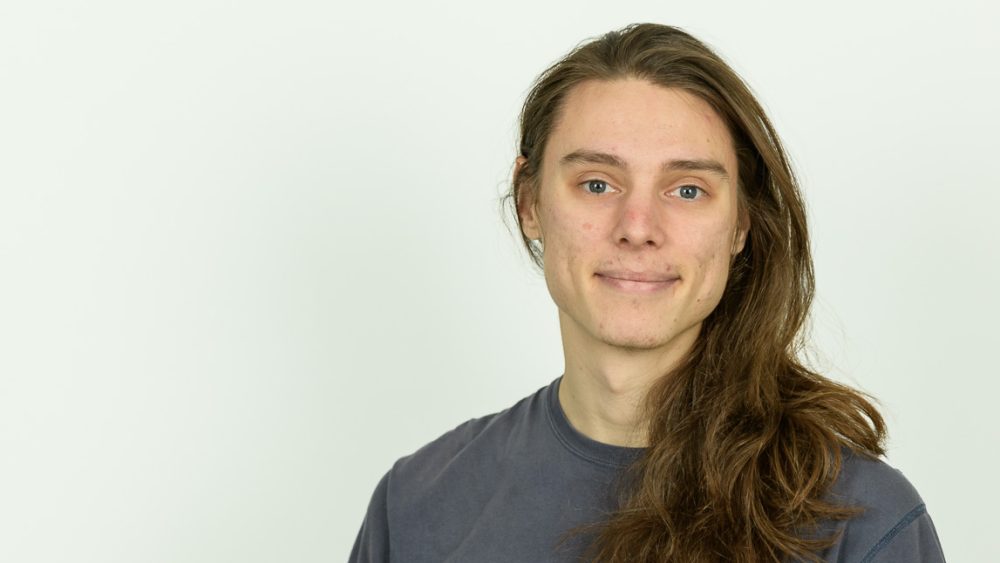
Kommentarer